|
Today I welcome children's author, Elizabeth Cummings to the blog to chat about her latest book, Rain Shaker, and her series, Vertyville. What has been your greatest influence in your writing? Was it your childhood experiences, or something else? My parents - they read to me every day and took me every week to our local library. Mum always kept a journal and insisted we did too, especially on holiday! We were always expected to write thank you letters at Christmas and birthday times and to also send our grandparents letters throughout the year. I was always close to my grandparents perhaps that is one of the reasons why! I also took part in drama groups and enjoyed storytelling with my sister and we spent hours making up little plays and then preparing ‘shows’ (including ticket sales and refreshments!) that we got our family to attend. You’ve studied Psychology. Has this influenced the type of stories you write? Absolutely - my first book was a mental health narrative about a sibling’s perspective on eating disorders. I have written about family illness, trauma and recovery and about bullying. I am currently working on a story about parental depression. (In fact, Elizabeth has written a whole series called, The Elephant in the Room. This series 'deals with tough health and wellbeing issues through the eyes of a young child. The purpose of the series is to help explain difficult health topics to younger children who made be going through tough times within their families as well as to empower them in seeing their role in the whole recovery process.' You can check out the series on Elizabeth's website.) You’ve written a number of books in the Verityville series. Why did you write this series? It’s a series that celebrates local people in my town and in a wider sense is a series that seeks to encourage gratitude for those who help us in our daily lives. I love hearing the stories behind the stories. The inspiration. What are the stories behind these particular stories from Vertyville? Wow! Great question! Well, at the moment there are six main characters who feature in each of the picture books: Audrey is a real person - she is a dear friend and is actually trained as a hairdresser but became a lollipop lady so that she could fit her work hours around her children’s schooling. She is so kind and her funny stories about what happened on the school crossing gave me the idea to write the book; The Sweetest Lollipop in the World. The Garbage Guy is about my friend Chris who worked for the council - cleaning the beach and the streets. We would go running early in the morning on the days he didn’t work and I would hear all his stories about the pollution he saw and the careless way people disposed of their rubbish. I got to know lots of his colleagues and they were always so friendly and helpful. I began to really notice all the good they did in their daily work and wanted to share these concepts in that book. Mrs T is a real teacher - she taught my daughters and had a great way of motivating the children and making them feel special. She’d go through their work with them and get the student to draw a ‘tick’ with the tip of a pencil case that looked like a pencil. Then she’d get them to shade over it in coloured crayon, and low and behold, tell them that the magic was in them as the tick showed through the colour. We were reminiscing about these happy days and so the idea of sharing this gorgeous story grew into the rhyming narrative Mrs T and the Magic Pencil! The story Brave and Strong All Day Long is once more about a local person. Fiona is one of the lifeguards at my local beach. She is such a positive female role model and over the years we have chatted about surf safety and her journey into the male dominated career of a professional lifeguard. The stories about gender-based bullying and her determination and resilience struck me so naturally, she became a focus of my imagination and desire to share her back story. Hair Magic is based on my hairdresser and also my grandmother’s hairdresser. I have witnessed how much a hairdresser does beyond the actual cutting of hair - the conversation with lonely older people, the support for those going through hair loss in their chemotherapy treatments, the happy experiences of having one’s hair styled in a new way or for a special occasion and the impact a hairdresser can have on making people feel good. The Girl on the Road story is based on all the women we see now working on building sites. Where I was younger, I used to live in Glasgow and I would have to go to school in the city. I would pass lots of building sites and I would feel scared as there would often be workers shouting out at young women walking alone and so to see women accepted in this sector is not only a wonderful thing in terms of gender equality, but also I have heard from those in the industry that the construction workplace is a far safer, more inclusive and friendlier place since women have been encouraged to be part of the workforce. Do any of your characters become afraid? If so, what do they do to help them face their fears? Yes, my young sailor in The Very Bad Thing is afraid. They are at sea and stuck in a storm surrounded by THE VERY BAD THING. The Very Bad Thing causes the sailor much distress and fear as well as a sense of self-doubt as they wonder what they have done and why the Very Bad Thing is happening to them. During the story, the sailor calls for help and discovers that, with help, The Very Bad Thing is less powerful, and so the sailor journeys on in the new knowledge that they can go on and be safe beyond the reach of The Very Bad Thing. The message of this story is that help is there even in the darkest of times. It is a gender-neutral story and The Very Bad Thing is not named so the readers can apply the message and the ideas to their own experience and interpretation. There is also a surfer boy in the picture book Brave and Strong All Day Long who is caught in a rip and is scared. He is lucky as Fiona is there to rescue him and save the day! Your new book, Rain Shaker has just been released. This is a bit different to what you’ve written before. What prompted this story? Well, it’s a little different as it does not deal with mental health nor does it focus on real people, however it does centre on important conversations and finding a way to be empowered. So, there are some synergies… The trigger to write Rain Shaker came from the many conversations my children had about the weather with their grandparents overseas in the UK and Northern Ireland. They used to joke about how unfair it was that all the rain was over there and that here in Australia we were having droughts and needed rain! There, the little seed of an idea for this book was born. The driver for taking this concept through to publication comes from my passion about the natural world and our responsibility for its future. Do you have a favourite story/book/ character from any of your own books? Oooooh - a tough question! They are all my favourite characters. The one I admire the most is Fiona the lifeguard as she is so strong and has been resilient in the face of gender-based bullying, as well as reaching the top levels of achievement in women’s surf sports. I find her strength and bravery inspiring. My new heroine - Erin- is a favourite too, as she is dynamic, innovative and full of self-belief. Her personality reminds me of my sister Lucy, my niece Cerys and above all, my daughter Heidi, all who are so creative and strong in their sense of self and their conviction in taking action about things that are important to them. Three fun facts about Elizabeth: I have run 5 marathons I hate my toes being touched! I love snorkelling! You can find out more about Elizabeth on: Her website and on Facebook: Elizabeth Cummings This interview was organised as a part of the ‘Verityville’ book campaign with Books On Tour PR & Marketing. If you've enjoyed this post, feel free to like, comment, and/or share.
If you'd like to keep up to date, feel free to subscribe to my extremely irregular Newsletter.
0 Comments
It is with great excitement I welcome you, dear reader, to the #JunoJonesWordNinja #blogtour! I had so much fun interviewing Kate. So strap yourself in for a great read. Prior to becoming a writer, you worked as a children’s librarian and bookseller. Have you always written? Or did being surrounded by books all the time rub off on you? Well, the answer to both of those questions is yes! My dad was a school librarian and I grew up in his library, in the back corner, on a bean-bag, with piles of books around me. And my house was very much a bookish one. Reading and writing stories was just … always a part of life. My dad writes, too, and wrote me stories and it just felt like … a thing people did? I never saw it as a viable career, though, so I did all the other bookish things I could think of, instead. When I actually became a professional writer, it was a complete (magical) accident. Can you elaborate? How did this complete magical accident come about? I began a role as a school librarian and was encouraged to do a university course in literary studies, so I could specialise. One of the units was creative writing. The task was to write a short story, but I have always been terrible at writing short stories and two thousand words ballooned into fifty thousand. My lovely lecturer, thankfully, did not fail me and, instead, strongly encouraged me to apply for a Varuna fellowship, which I was lucky enough to be awarded. On the back of that, my first agent, Nan Halliday, took me on. She sent the story to Allen and Unwin, who didn't want to publish it but were looking for an author for the final book in their Girlfriend Fiction series. They asked me to have a go at writing one. They liked what I wrote and ... it just kept going from there! Ten years on (minus a gap of four and a half years while I was focussed on my young child), I'm still doing it! You’ve written five young adult novels. What drew you to write for a younger audience? I have always wanted to write for younger kids but never quite found a way to do it – it’s much trickier than you might think (not that being a YA writer isn’t!). I still feel deeply connected to my inner kid (a blessing and a curse). It was having my daughter that finally made me work hard on writing for a younger audience – I wanted to write books that she could read NOW, instead of in five or ten years. It’s been lovely seeing her excitement at reading the books and sharing them with her friends. There’s no book fan like a six-year-old book fan! Can you tell me how Juno Jones Word Ninja came about? What inspired you to tell this particular story? I always start with a character, and usually they pop into my head completely unbidden. I’m not one of those “woo” writers who believes I’m not in control of my story, but I do often get “visited” by characters who want me to write about them. The imagination is an incredible thing! Juno was one of those characters. She’s a bit of a combination of me as a kid (and the kid I wished I was) and my little brother, Richard, to whom this book is dedicated. He was the kid who was obsessed with ninja turtles and all the active things and thought reading was boring, until he discovered books like Animorphs and Goosebumps that sparked a life-long love of books. I hope that Juno Jones does for a kid what those books did for my brother! How important is it to have humour in children’s books? Well, it depends! It’s important in books that are meant to be funny! I love a funny book for kids – as does my daughter – but I also adore books that are serious and moving. There’s a place for every book and the right book will connect with the right kid at the right time. Sometimes, when I was a young reader, I really needed to read a book that was sad and deep and let me connect with deep emotions inside of me. Those books are hugely important. And sometimes you just need a laugh and an escape! Do you have any advice on writing humour and non-boring stories? Golly, I wish I did! I was lucky that Juno just came out as a bit of a funny character. She has no filter and I think that can be hilarious. I have tried to write “funny” books and they’ve been terrible. I don’t think the other books I’m working on are funny at all. Juno just came out that way! Does Juno, or any of her friends get scared in the book? If so, what do they do to overcome it? Juno is pretty fearless, which is the “kid I wish I was” part of the story! Some of the other characters do experience a great deal of fear and anxiety, in particular Shy Vi. And it’s in Juno’s interactions with these characters that I think show that she is not all bravado and boldness. She is enormously empathetic and kind, when it comes to her friends, and this is my favourite aspect of her character. Shy Vi is able to cope with the help of her friends. Paloma also struggles with anxiety, and does not have the support of close friends to help her – at least in this book. I’m hopeful things will change for her in future books! What’s next for Juno? Juno has two more adventures forthcoming, full of mystery and intrigue and problems for her to solve. And the Alien Lizard men are always hovering in the background, threatening to destroy her school! What else are you working on? I have a few middle grade books in the works – aimed at a slightly older audience than Juno Jones (my daughter is growing up so quickly!). One is a contemporary middle grade, one is a magical school fantasy, and the other one – which I have been working on since my daughter was a baby! – is a book about a family of wicked sisters living in Tasmania during the first world war. And of course, there are more Juno books coming up, which is beyond exciting! Three fun facts about Kate:
Her website: kategordon.com.au Instagram: direleafhall Twitter: @direleafhall Check out the whole tour:Today, I welcome Allison to the blog. I love reading historical fiction, and I have even got an idea for one myself. So, it was fascinating to have the opportunity to interview Allison about her non-fiction historical books, as well as her faction piece, Follow After Me. How much of your earlier research for your non-fiction books went into Follow After Me? An immeasurable amount! I developed an extensive knowledge of the Australian experience of WWI during the creation of my adult title Anzac Sons: the Story of Five Brothers in the War to End All Wars (Big Sky Publishing, 2014). That research enabled me to capture the authenticity of time and accuracy of historical events. Spending time on the Western Front also developed the capacity to address the sensory experience to create the WWI setting. In the creation of Anzac Sons there were moments of serendipity that could not be included in a work of factual content. Follow After Me has allowed me to tell some of those stories, the moments with no explanation, of which, in fiction, I had the freedom to bend and conform to the narrative. Did Follow After Me require further research? Follow After Me is told in parallel narratives of today and a century before. It includes the experience of an indigenous soldier and the impact the war had on him and his descendants. There was more research that needed to be done to ensure I accurately represented the experience. Further research was necessary to capture the elements I needed for Lizzie who is growing up on a farm in time of drought and dealing with the coming-of-age issues of today. While I grew up on a farm and I’m very aware of the effects of drought, to capture the young adult voice I did a lot of eavesdropping on my own children. The opportunity to research and write at the Australian War Memorial, courtesy of a May Gibbs Children’s Literature Trust Fellowship, made a significant contribution to the writing of Follow After Me. On your website, you say, ‘My interest in the service of my ancestors began when I was studying to become a teacher.’ Can you explain what, ‘the service of my ancestors’ means and why it is important? The historical story within Follow After Me is based on the tragic World War One experiences of my ancestors, the Marlow family. Honouring their service to Australia became a slight obsession. I wanted to share their story. Of six brothers, five went to war, only two made it home. The Anzac characters in Follow After Me are based on each of the brothers and have been developed as accurately as possible using a collection of over 500 letters and postcards which the men sent to home from the Western Front. Some of the correspondence in Follow After Me uses the actual letters of my ancestors but with additions or modifications to move the narrative forward. What tips do you have for researching and writing faction (fiction with historical elements)?
How important is it to share Australian historical stories? I firmly believe that we cannot understand who we are today and develop a strong sense of identity without understanding the past – it helps develop empathy for all and an appreciation and conviction for the values that Australians hold dear. Keep sharing Australian stories and reinforce our unique sentiment and characteristics! In the lives of the two protagonists, Evie and Lizzie, there must’ve been times when they felt afraid. What are some of the ways they faced their fear and found courage? That’s a tricky question – I might give away the plot! Perhaps I can say that being prepared to listen to their instinct and follow the values they know are right, were the key factors that helped Evie and Lizzie to face their fears. It has a lot to do with those that came before and the courage they showed in the face of great danger and adversity! How have you dealt with fear in your own life? I try turning fear into my friend, I listen to it, acknowledge it and, like Lizzie, think of the courage my ancestors displayed. If they can do it, so can I. Perhaps I don’t always conquer fear, but I do my best to give it a go and not be overwhelmed by it. Three fun facts about Allison: My Favourite Books: Belinda – Pamela Allen (closely followed by my books, of course) Pets: I once had a dog and three cats – now I have a native blue-banded bee who visits the herb garden outside my study window (actually, my bee is the second one I have had, the first one sadly left me). She is beautiful and has a very loud buzz! You as a Child: I grew up on a farm surrounded by dogs, cats, chooks, cows and sheep. I wish I was still growing up on the farm! I read a lot, played netball and tennis and rode the motorbike. I did lots of jobs like helping at shearing time, looking after the vegetable garden and picking fruit, but wasn’t always trusted to gather the eggs … I was a bit clumsy … Two women live a century apart but are mysteriously connected. 'Follow After Me' is a unique blend of contemporary fiction and historical detail. It is a beautiful story of war, love and coming-of-age that will appeal to both male and female readers from age 14 and up and cross-over to adult readership. Allison is the author of the 2016 ABIA and CBCA notable title 'Anzac Sons: Five Brothers on the Western Front', the children’s version of the adult title 'Anzac Sons'. Her children’s picture books 'Granny’s Place' and 'Shearing Time' are inspired by childhood memories of life on the farm. 'Australia Remembers: Anzac Day, Remembrance Day and War Memorials' was published in 2018 and is the first in a series. More information about Allison and her books can be found at her website: www.allisonmarlowpaterson.com. If you've enjoyed this post, feel free to like, comment, and/or share.
|
AuthorOn my blog you will find: Categories
All
Click to set custom HTML
|

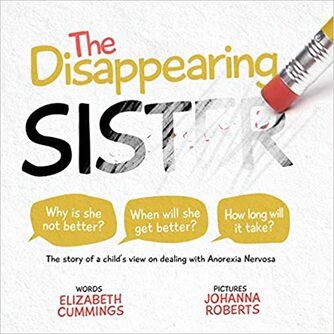



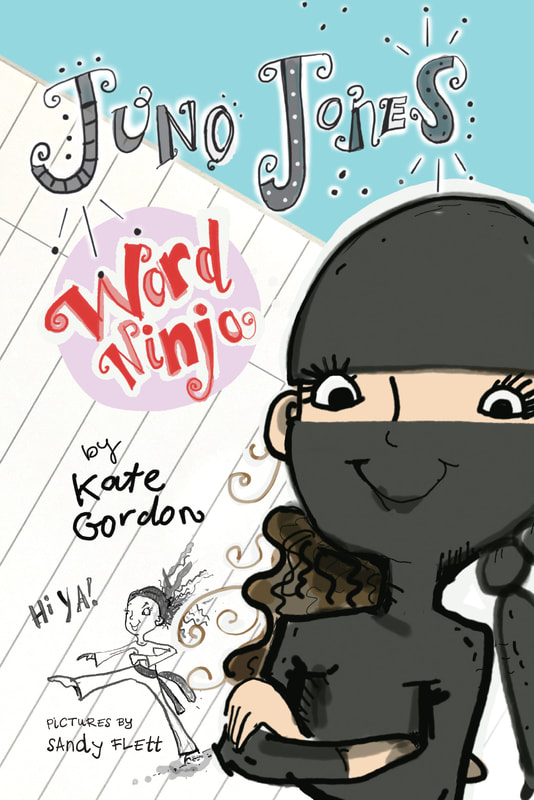













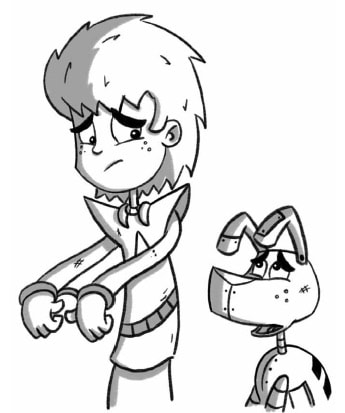
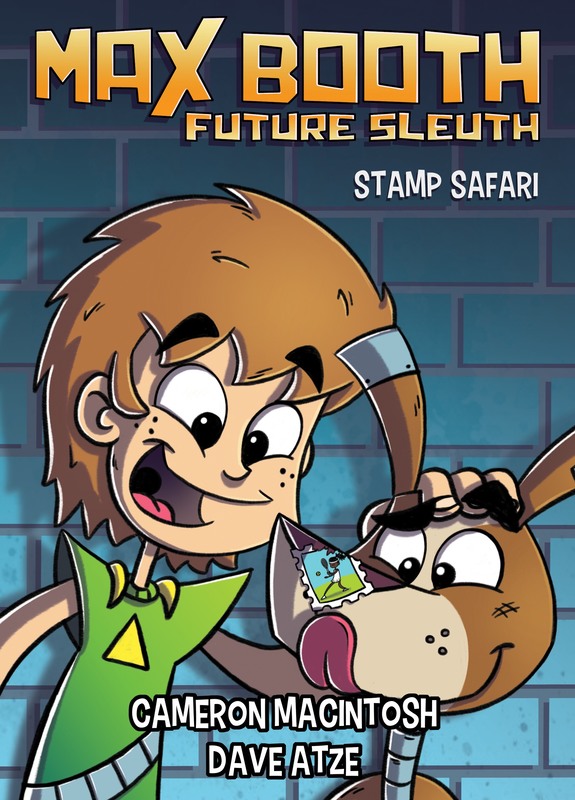

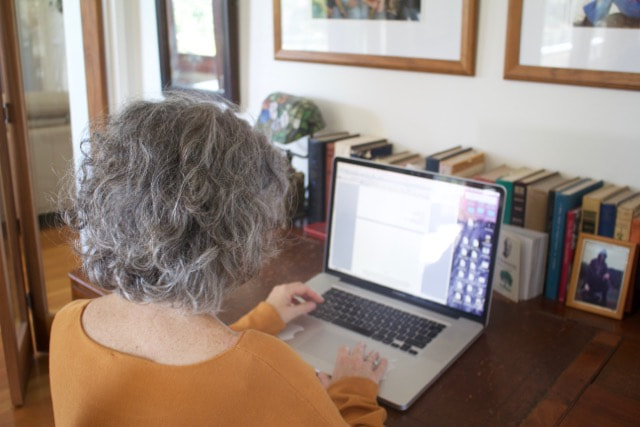







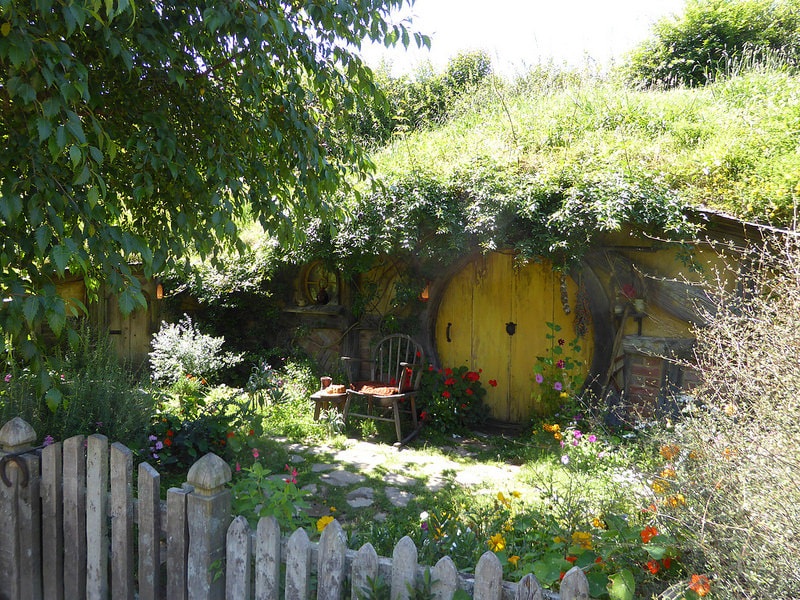


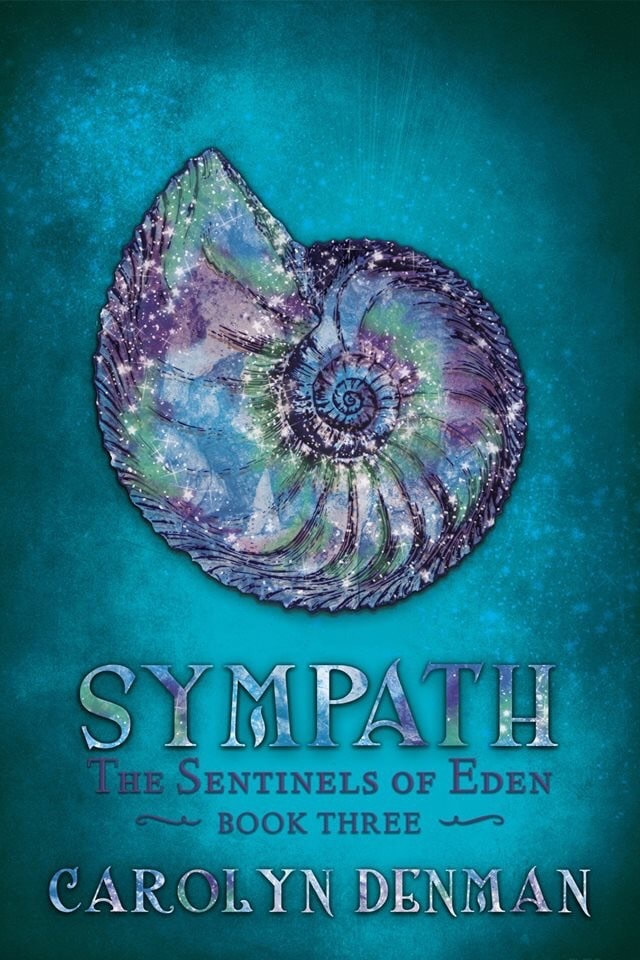





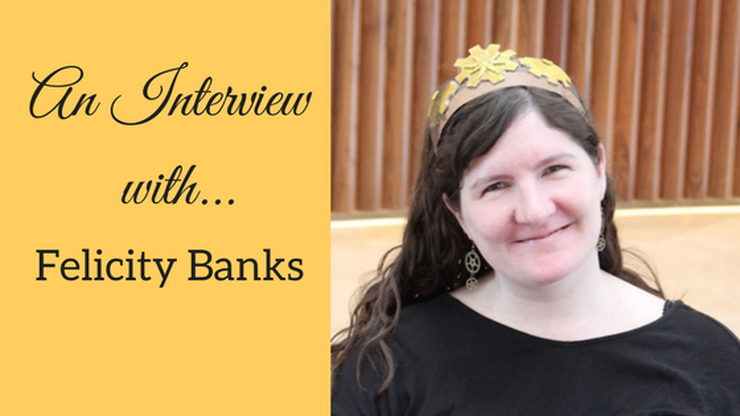
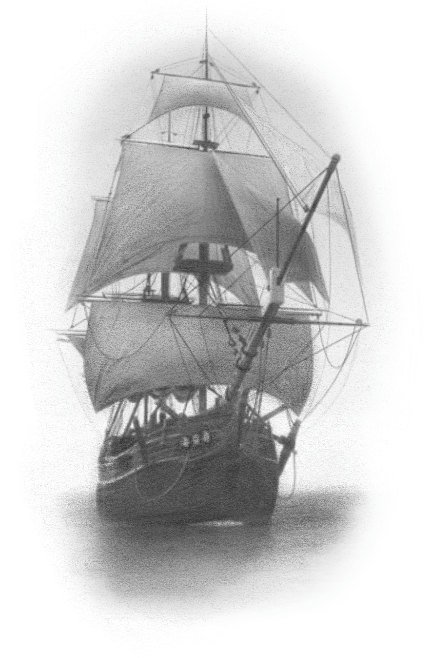

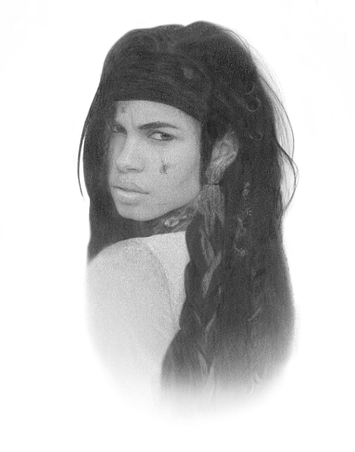



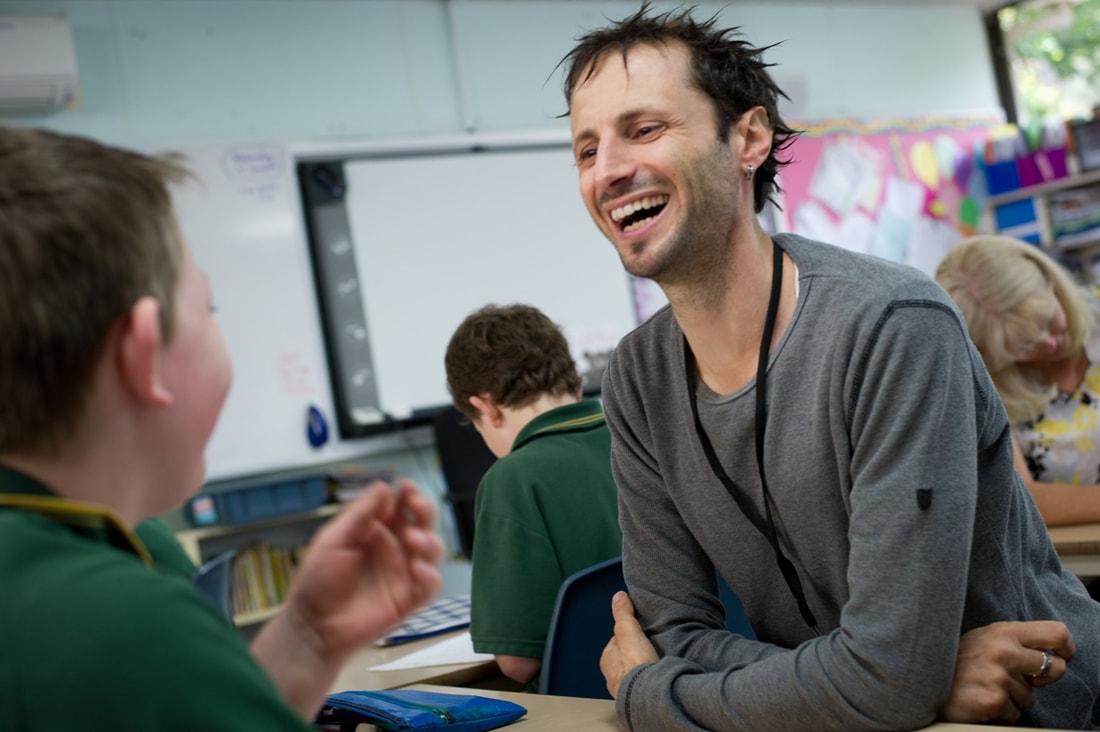



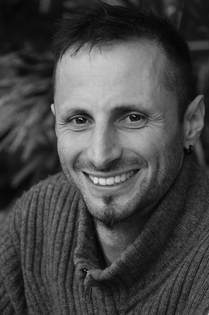


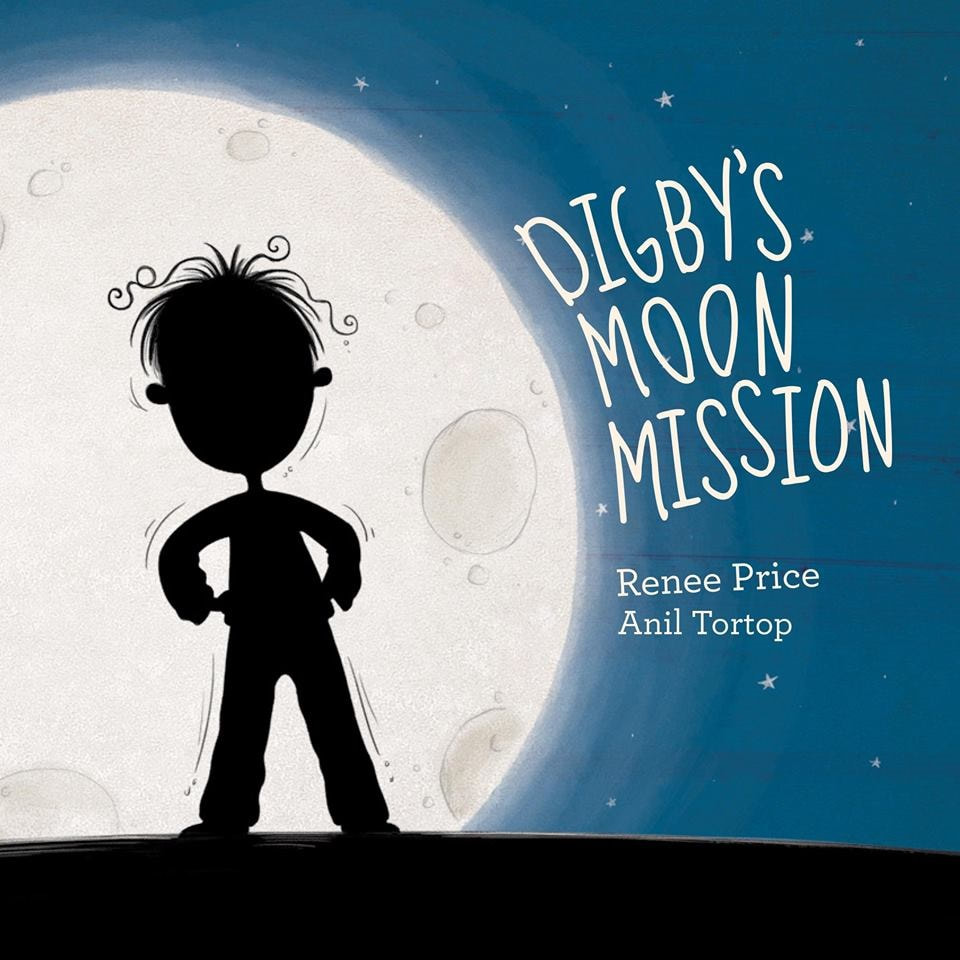
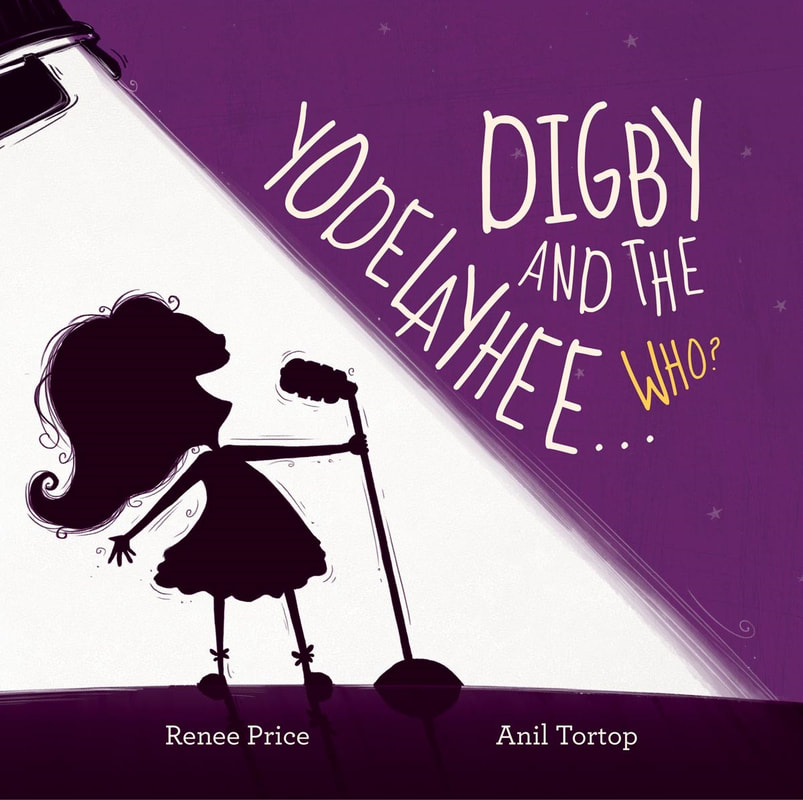
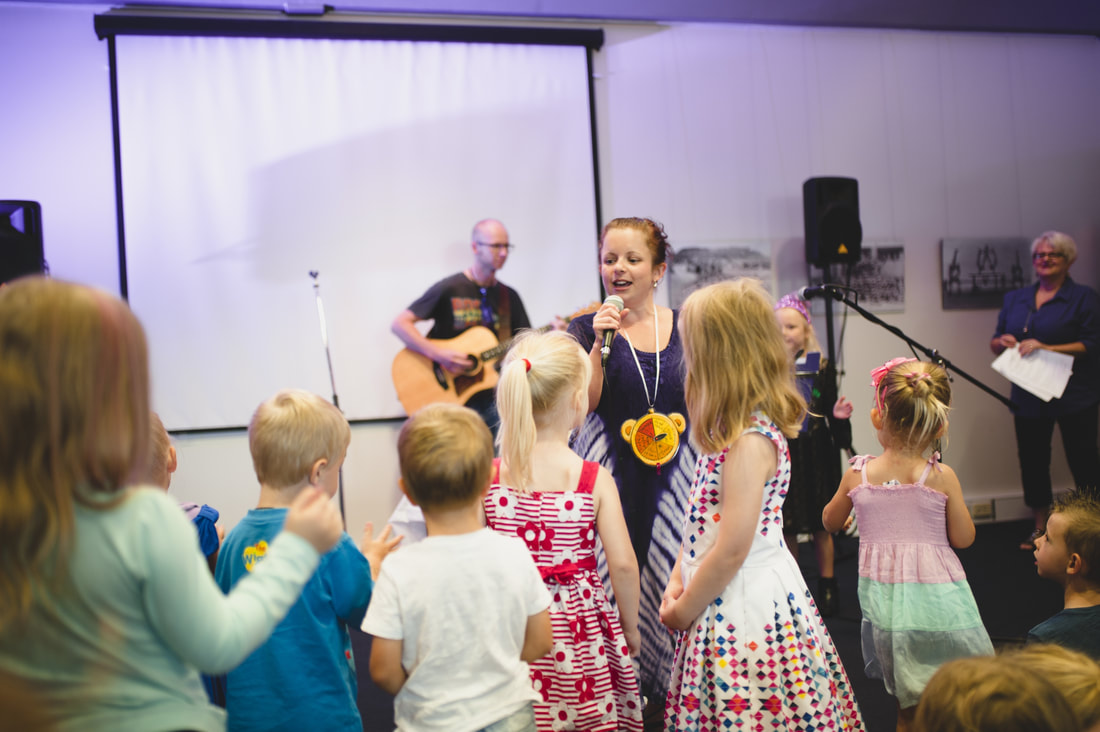



 RSS Feed
RSS Feed